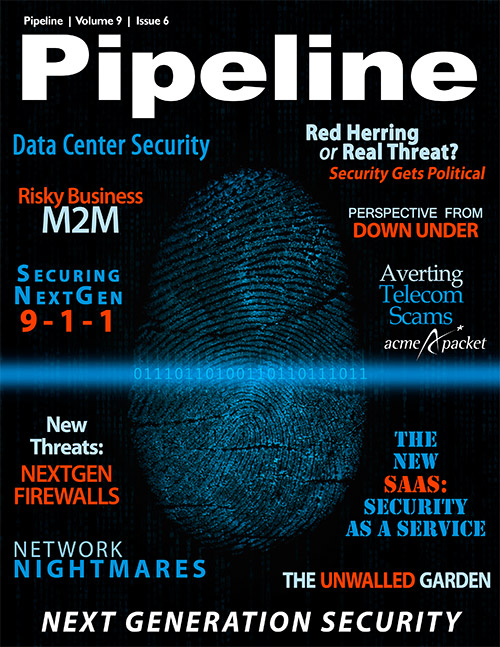Next Generation Firewalls: Protection and Performance
A 2012 Cost of Cyber Crime Study conducted by the Ponemon Institute found that the average annual cost of cybercrime for U.S. organizations was $8.9 million in 2012. That amount is 6 percent higher than the average cost in 2011 — $8.4 million — and a 38 percent increase over the 2010 average of $6.5 million. The report also shows a 42 percent increase in the number of cyberattacks in 2012; this year organizations have experienced an average of 102 successful attacks per week, compared to 72 per week last year and 50 per week in 2010.
The most costly cybercrimes continue to be those caused by malicious code, denial of service, stolen or hijacked devices, and malevolent insiders. When combined, these account for more than 78 percent of annual cybercrime costs per organization.
IT organizations have many options these days in selecting an NGFW, as one size doesn’t fit all. That said, the first step is to know how an NGFW differs from its predecessors and to ascertain how you can use one to your organization’s advantage. The next is to choose an NGFW that will scale to your business or institution’s size as well as provide ease of use and implementation so that it does the job you need it to — without compromise.



















